Several new students made their musical debut at our Spring Piano Recitals on Saturday, May 24th. As always, our venue was historic Steinway Hall, just across the street from Carnegie Hall. Their instruments are simply the best. I never worry about our performance piano having a problem key, a clunky sustain pedal, poor sound or being out of tune. A huge thanks goes out to Regina Davidoff of Steinway & Sons for hosting both our morning and afternoon recitals. If you liked how wonderful your child sounded playing the Steinway and want to learn more about getting one for your home, I’d love to help you make that happen.
Another highlight of the day was the food at the receptions. I would like to thank Sung Kim for contributing her delicious homemade brownies and Mr. & Mrs. Dedovic for supplying the rest of the food in the morning: bagels, cookies, fruit salad and more. In the afternoon we enjoyed fresh fruit, banana bread, blueberry muffins, hummus and pita chips.
Thank you Mr. & Mrs. Dedovic for the delicious refreshments at the morning recital.
The children chose their music many months in advance, some as early as the end of January. They know it takes a lot of focused practice to master their pieces and to develop a musical interpretation. I have wonderful and diligent students. Everyone’s hard work paid off at the concert to the delight of family and friends. We heard an original song composed by one of the students “Me and Tessy”, Katie Perry’s “Roar”, selections from The Sound of Music and The Lion King, a fiery duet by Anton Diabelli and many other favorites.
Students, you and your awesome music make me smile!


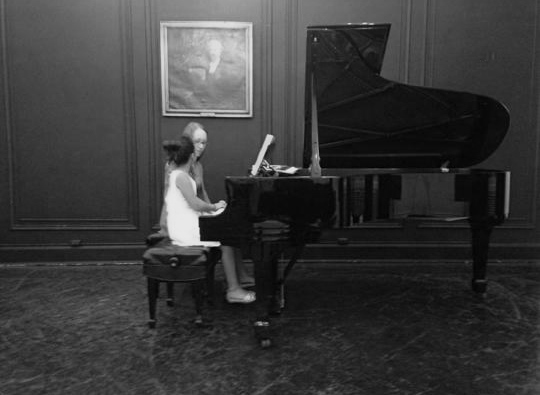

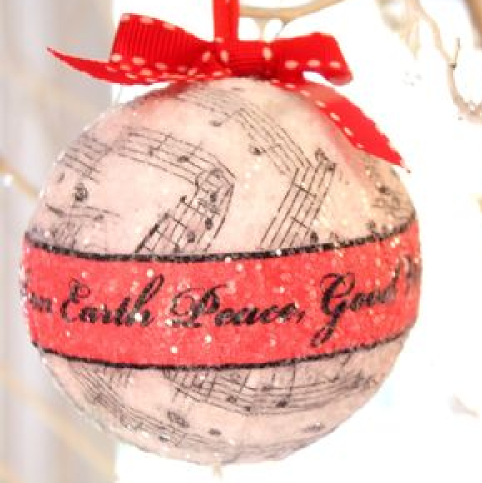


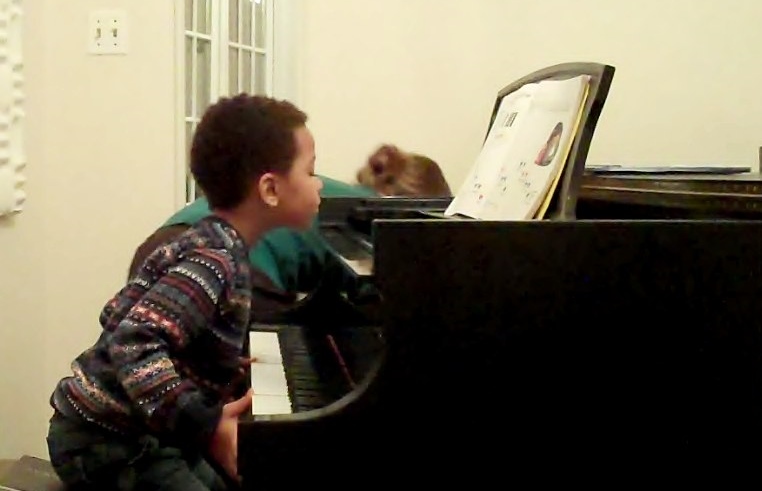

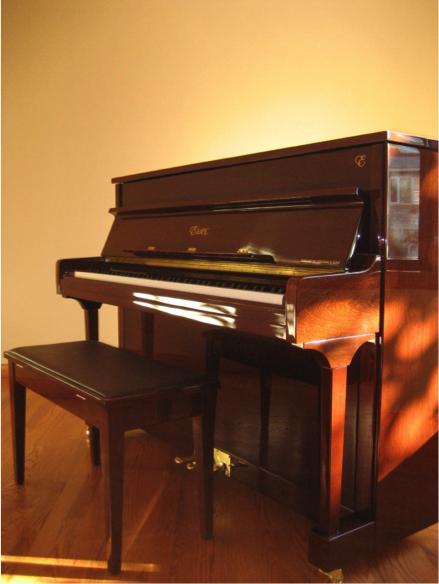
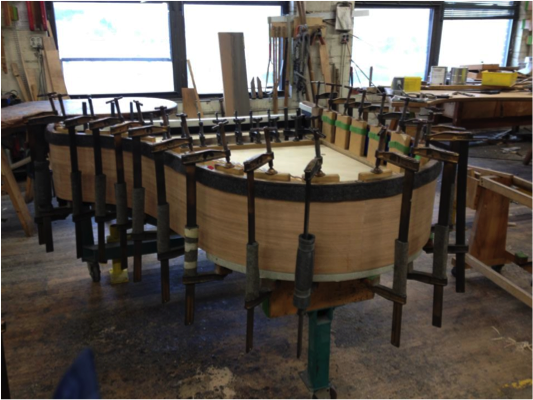
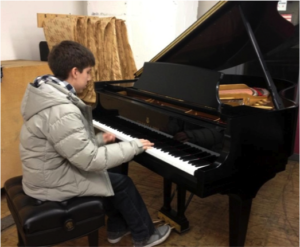 After the sound board is fitted into the rim, they place an iron frame into the piano. Across this, hundreds of steel and copper strings are stretched. The frame supports up to 20 tons of string tension. The action and the keyboard are put into place and the piano takes a trip to the “pounder”. A machine with 88 “fingers” strikes the keys, breaking in the action and conditioning the hammers. Sensitive technicians sound test each piano and adjust the hammers to ensure evenness of tone. The entire process from beginning to end to make a Steinway takes nearly one whole year.
After the sound board is fitted into the rim, they place an iron frame into the piano. Across this, hundreds of steel and copper strings are stretched. The frame supports up to 20 tons of string tension. The action and the keyboard are put into place and the piano takes a trip to the “pounder”. A machine with 88 “fingers” strikes the keys, breaking in the action and conditioning the hammers. Sensitive technicians sound test each piano and adjust the hammers to ensure evenness of tone. The entire process from beginning to end to make a Steinway takes nearly one whole year.